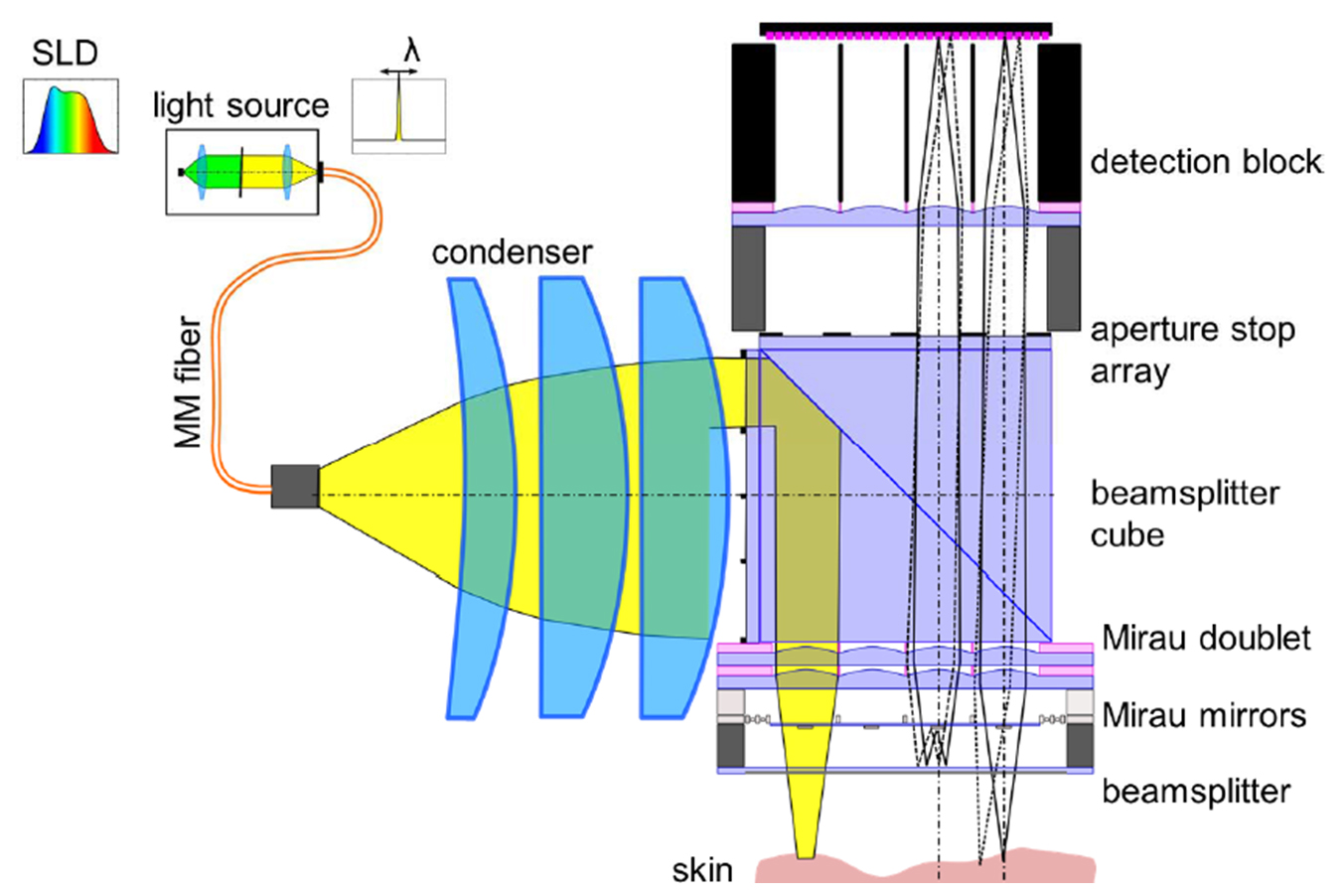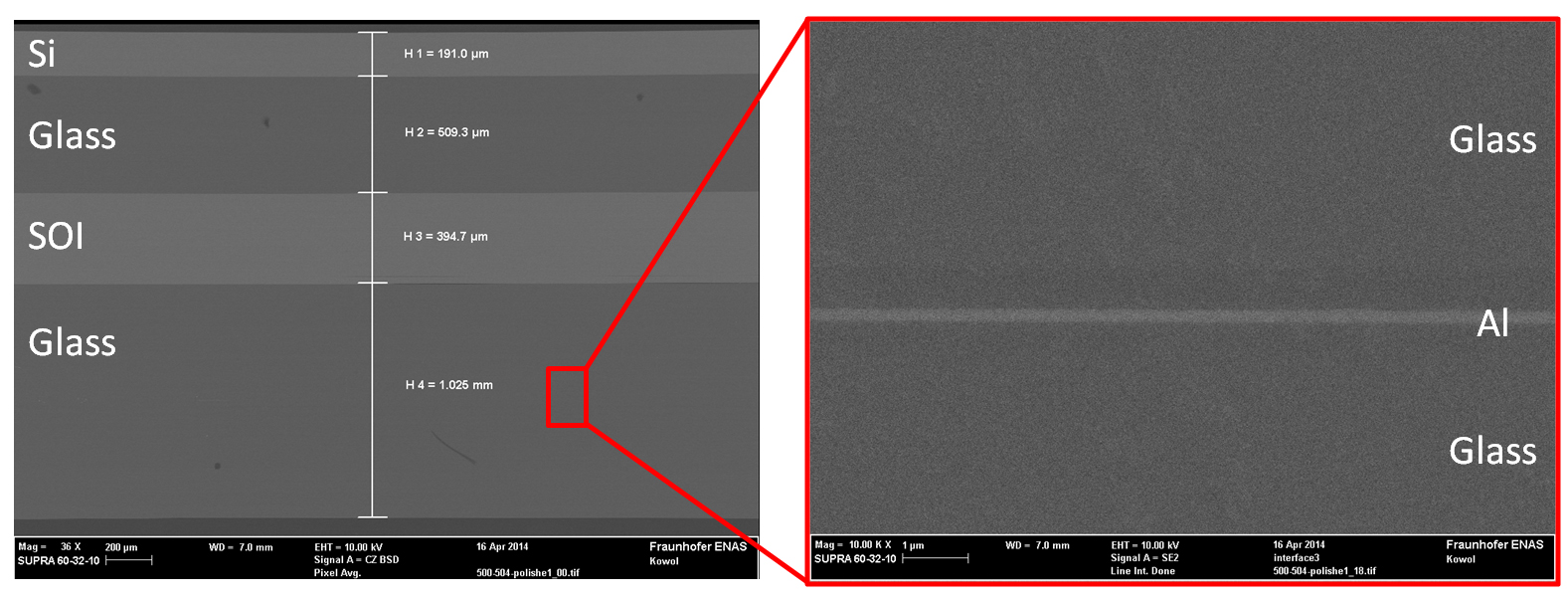VIAMOS – vertically integrated array-type Mirau-based OCT system for early diagnostics of skin pathologies


Skin cancer is the most commonly diagnosed type of cancer and the chances of successful treatment increase when detected earlier. Therefore, the early diagnosis is essential. Existing Optical Coherence Tomography (OCT) systems, which provide higher resolution and greater detection depth, can perform noninvasive 3D optical biopsies of skin and improve patient’s quality of life. Nevertheless, these bulk systems are expensive, only affordable at the hospital and hence not sufficiently employed by physicians or dermatologists as an early diagnosis tool. VIAMOS aims to develop a handheld, low-cost and multifunctional OCT microsystem, which enables a painless and earlier detection of skin pathologies like melanoma and non-melanoma cancers.
By combining swept-source OCT detection and micro-opto-electromechanical systems (MOEMS) technologies, a miniature, low-cost, portable OCT microsystem, which is 10 times cheaper and 150 times smaller than the conventional commercially available systems, is proposed. The OCT microsystem consists of a tunable light source, objective lens, an array of Mirau interferometers, a beamsplitter cube to superimpose the illumination with the imaging path and an imaging lens for the CCD camera, as shown in figure 1. The incident light beam from a broadband light source is filtered by a tunable Fabry-Pérot interferometer (FPI), collimated and imaged on the skin. The backscattered light from the skin and the light from the reference mirror are imaged into a high-speed camera and form the measurement signal.
A Mirau interferometer, which is a key component of the OCT microsystem, consists of a doublet of array of micro lenses, an array of actuated micro mirror, a focus-adjustment spacer and a beam splitter plate. Batch fabrication of the array-type Mirau interferometers can be achieved through optimized MOEMS process which gathers similar components onto specialized wafers such as Si or glass. 3D packaging technology involving heterogeneous integration plays a crucial role for the integration of MOEMS devices with a minimum of space and low power consumption. A multi-wafer bonding technology combined with electrical connection functionality is utilized for the integration of a micromachined array-type Mirau interferometer proposed in VIAMOS project. This vertical assembly process must meet technical requirements of a Mirau interferometer including alignment tolerance, hermeticity, and high bond strength to ensure reliable movement of the Mirau interferometer. Meanwhile, material and process compatibility are also crucial issues in order not to deteriorate optical performance of microlenses, micro mirrors and beamsplitter.
Figure 2 shows a SEM image of a 5-stack demonstrator simulating a Mirau interferometer stack. A 200 µm silicon bonded with a 500 µm glass represents a micro lens wafer. The SOI wafer represents an actuated micro mirror. The bottom glass stack consists of 2 glass wafers, representing a spacer and a beam splitter. The higher magnification image shows that an upper glass is bonded with a bottom glass, where aluminum thin layer is deposited. All bonding processes are carried out by anodic bonding and bonding temperature lower than 360 °C. The approach, which adopts vertically-stacked wafers along with electrical connection functionality, provides a space-effective integration of MOEMS device such that the Mirau stack can be further integrated with other components of the OCT microsystem easily.
This work is supported by the collaborative project VIAMOS of the European Commission (FP7-ICT-2011-8, Grant no. 318542)
 Fraunhofer Institute for Electronic Nano Systems
Fraunhofer Institute for Electronic Nano Systems